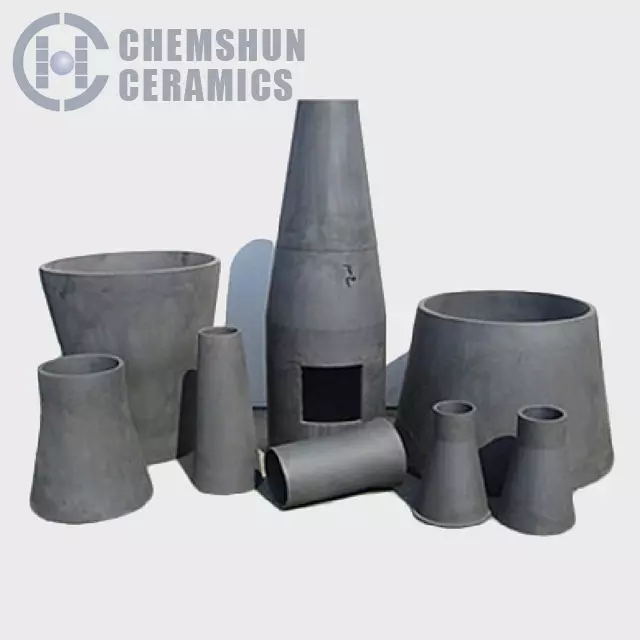Top articles
- High-purity 99.7% alumina ceramics helpful to semiconductor manufacturing technology
- Alumina Ceramic Grinding Balls: High-Efficiency Solutions for Industrial Grinding
- How to Select Suitable Wear-Resistant Ceramic Lining Tiles in the Mining Industry
- Advantages of Ceramic Rubber Composite Liners in Industrial Applications
- How to Install Alumina Ceramic Liners for Long-Lasting Adhesion?
- 99% alumina bulletproof ceramics are the preferred materials for protective devices
- Alumina Ceramic Substrates:Characteristics,Advantages,Disadvantages,and Applications
- Why do alumina industrial ceramics wear out?
- The reason of abrasion resistant ceramic tiles falling off when pasted on equipment
- Seven aspects of advantages & applications of alumina ceramic substrates
Latest articles
- High-purity 99.7% alumina ceramics helpful to semiconductor manufacturing technology
- Alumina Ceramic Grinding Balls: High-Efficiency Solutions for Industrial Grinding
- How to Select Suitable Wear-Resistant Ceramic Lining Tiles in the Mining Industry
- Advantages of Ceramic Rubber Composite Liners in Industrial Applications
- How to Install Alumina Ceramic Liners for Long-Lasting Adhesion?
- Welcome to EXPOMIN 2025
- 99% alumina bulletproof ceramics are the preferred materials for protective devices
- Alumina Ceramic Substrates:Characteristics,Advantages,Disadvantages,and Applications
- Why do alumina industrial ceramics wear out?
- Chemshun Ceramics Chinese New Year Holiday Notice
Your browsing history

Silicon Carbide Ceramics Introduction
Silicon carbide, also known as emery, is a mixture of quartz sand and coke, using the silica and petroleum coke, adding salt and wood chips, placing it in an electric furnace, heating it to a high temperature of about 2000°C, and forming it after various chemical processes .
Silicon carbide is widely used, mainly in four application areas, like: functional ceramics, advanced refractories, abrasives and metallurgical raw materials. SiC products are diverse due to their preparation methods, application fields and shapes.
SiC ceramics, as one of them, is a high-performance material in the ceramic field. It has the characteristics of good chemical resistance, high strength, high hardness, good wear resistance, low friction coefficient, and high temperature resistance. According to its sintering method, it can be divided into: reaction sintered silicon carbide (RBSiC), pressureless solid phase sintered silicon carbide (SSiC), liquid phase sintered silicon carbide (LSiC), hot-pressed sintered silicon carbide (HPSiC) and recrystallized silicon carbide ( RSiC) and so on.
Silicon carbide ceramics have been widely used in petroleum, chemical, microelectronics, automotive, aerospace, aviation, papermaking, laser, mining and atomic energy industries. Common applications include silicon carbide seal rings, high temperature bearings, bulletproof plates, nozzles, and high temperature Corrosion-resistant parts and electronic equipment parts in the high temperature and high frequency range,









